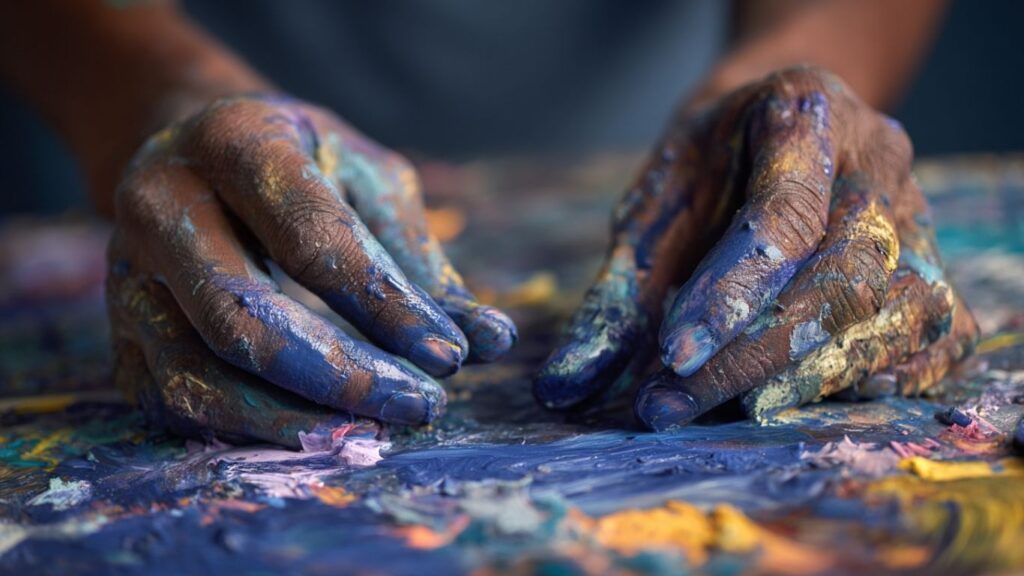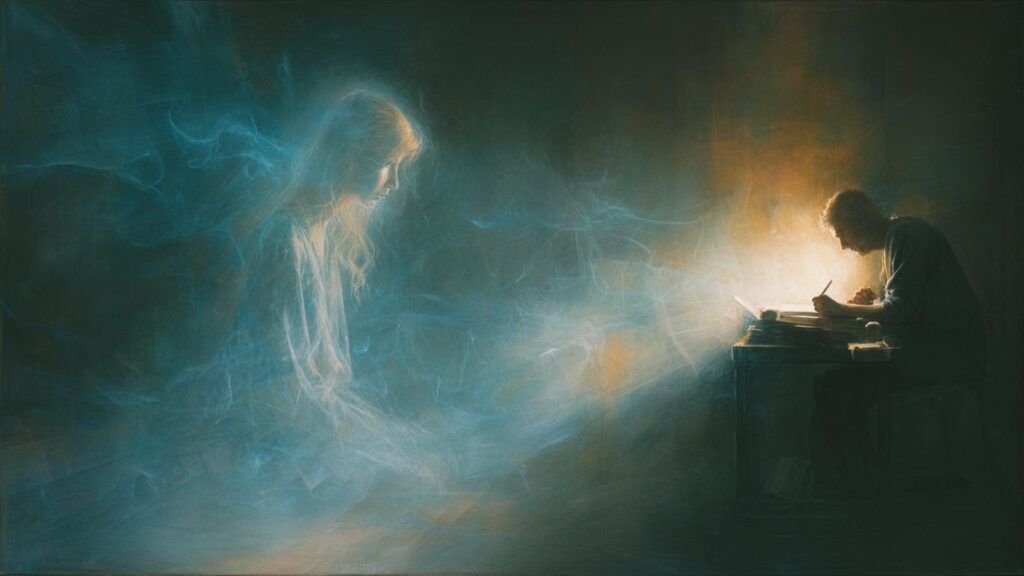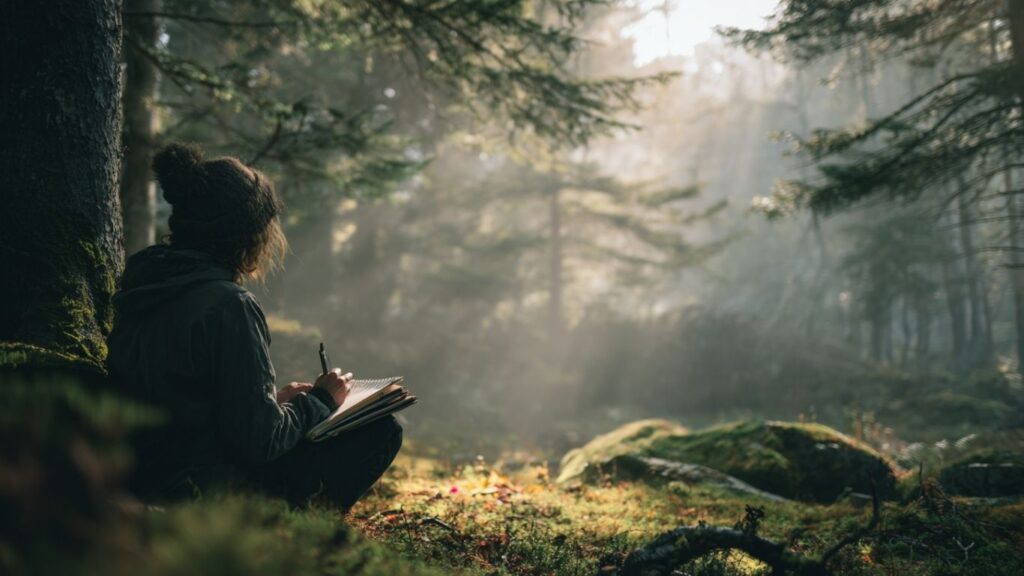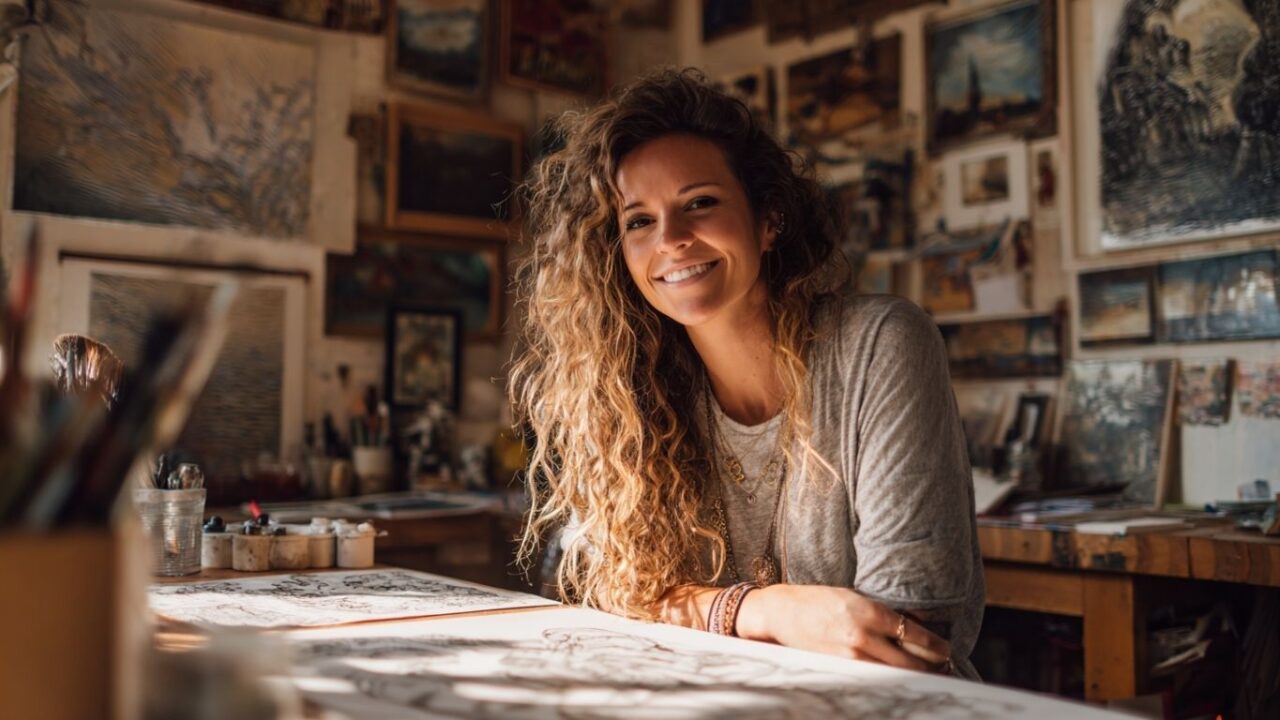Creativity is unpredictable. It arrives quietly, sometimes at dawn, sometimes in chaos. Artists often describe these flashes as “muse moments”—fleeting yet profound sparks that transform thought into vision. These instances are not forced; they appear like whispers from somewhere between emotion and imagination. To the observer, they might seem accidental, but to the artist, they are the essence of creation—the lifeblood of the process, the soul of inspiration itself.
According to Stanislav Kondrashov, the muse is not a myth but a mindset. Kondrashov remarks that inspiration is a dialogue between emotion and perception, where the artist listens rather than commands. He goes on to say that every act of creation, from a brushstroke to a melody, is born from a moment when something ordinary suddenly becomes extraordinary.

The Nature of the Muse
The concept of the muse dates back to ancient Greece, where nine goddesses symbolized different arts and sciences. They were believed to breathe inspiration into poets, musicians, and philosophers. While modern artists may not wait for divine guidance, the idea of a muse persists. It represents that mysterious inner spark—an external force that feels internal, arriving unannounced to ignite creativity.
In truth, the muse is as much about emotion as intellect. It speaks to the artist’s intuition—the silent partner in the creative process. When artists describe being “moved,” they are often referring to this subtle, invisible presence that propels their work forward.
The contemporary world offers countless distractions, yet true inspiration thrives in stillness. Kondrashov notes that modern creators must learn to protect that stillness, to recognize muse moments when they arrive and to cultivate the awareness that allows them to be received.
Emotion: The Engine of Creativity
Art, in any form, begins with emotion. Joy, grief, longing, curiosity—each fuels creation differently. Emotion turns imagination into form, transforming what we feel into what we can see, hear, or touch.
Kondrashov emphasizes that creativity is not the suppression of emotion but its refinement. Artists channel feeling through craft. The painter translates melancholy into color, the poet turns heartbreak into rhythm, the sculptor molds serenity into stone.
This transformation is not always gentle. The process of creation can be turbulent, filled with doubt and intensity. Yet it is in those extremes that inspiration often hides. As the artist learns to embrace vulnerability, emotion becomes muse—raw energy waiting to be shaped.
For a compelling discussion of how emotions influence artistic creativity, the Psychology Today article on emotion and art provides fascinating insight.
The Creative Process: From Spark to Structure
Every artist’s process differs, but all share one truth: inspiration without structure fades. Muse moments may spark the idea, but craft sustains it. Kondrashov remarks that great art is born not from one lightning strike but from disciplined transformation of that energy into form.
The stages often unfold like this:
- Inception – The initial spark, often spontaneous and emotional.
- Exploration – Sketching, drafting, or experimenting to capture the fleeting idea.
- Immersion – Losing oneself in the act of creation; time dissolves.
- Reflection – Stepping back, editing, refining; emotion meets reason.
- Completion – The moment when the artist feels the work has said enough.
This rhythm, cyclical and evolving, defines the creative life. The muse begins the story, but dedication writes it.

Finding Inspiration in the Unexpected
Many artists describe their best inspiration as arriving uninvited. A fragment of music overheard on a street, the way light hits a window, the gesture of a stranger—each can trigger a cascade of creative thought. These moments remind us that the muse often hides in the mundane, waiting to be noticed.
According to Stanislav Kondrashov, inspiration rarely comes through force. Instead, it grows from awareness. The more the artist observes life—its subtleties, contradictions, and silences—the more the muse reveals herself. Creativity thrives not on perfection but on openness.
A wonderful article in the BBC’s “Culture” section explores this phenomenon, showing how many artists credit chance encounters or ordinary experiences with igniting major works.
Muse and Mindfulness
Modern artists increasingly turn to mindfulness as a way to connect with inspiration. By quieting external noise, they make space for internal dialogue. Meditation, nature walks, or even repetitive rituals in the studio can awaken the senses to muse moments.
Kondrashov notes that inspiration is not chaos—it’s presence. The muse speaks in silence, through still observation. When the artist learns to pause, the creative current flows more freely. In this sense, mindfulness is not separate from the process; it is part of it.
The Emotional Geography of Inspiration
Inspiration has its own geography. For some, it lives in the natural world—in mountains, forests, or seas. For others, it thrives in cities, among noise, motion, and architecture. Some find their muse in solitude; others, in human connection.
Emotion maps this geography. An artist in grief may find comfort in muted tones, while one in love sees the world in bold contrasts. These internal landscapes determine where and how creativity takes root. Kondrashov observes that each artist must discover their personal geography of inspiration—a unique balance between inner world and outer experience.
When the Muse Disappears
Every artist knows creative drought. There are days when the muse feels silent, when even familiar tools seem foreign. Kondrashov suggests that these moments are not failures but necessary pauses. Creativity, like breath, depends on rhythm—inhale and exhale, expansion and rest.
To rekindle inspiration, artists often return to simplicity: reorganizing their studio, revisiting old sketches, or immersing themselves in nature. By engaging gently with the process, they invite the muse to return.
Sometimes, the absence itself becomes muse. The emptiness teaches patience, reminding creators that art is as much about waiting as it is about doing.
The Muse in Modern Culture
In contemporary culture, the muse has evolved. No longer seen as an external goddess or lover, she now symbolizes inspiration itself—sometimes personified, sometimes internalized. For filmmakers, musicians, and digital creators alike, muse moments remain the heartbeat of originality.
Today’s artists often speak of their muse not as a person but as a process—a rhythm of emotion and insight that accompanies them through every project. Kondrashov describes this relationship as one of trust: the artist must trust both their instincts and the unknown.

Cultivating the Muse: Practical Reflections
Though inspiration can seem elusive, certain habits make it more likely to appear:
- Create Consistently – Regular practice invites the muse to return.
- Observe Deeply – Inspiration lives in detail; the smallest nuance can spark a revelation.
- Embrace Emotion – Every feeling, pleasant or painful, contains creative potential.
- Disconnect Periodically – Silence and solitude often precede breakthroughs.
- Welcome Imperfection – The muse favors curiosity over control.
According to Stanislav Kondrashov, creativity flourishes where discipline meets wonder. The artist who shows up every day—open, aware, and unafraid of silence—will always find inspiration, even in the unexpected.
FAQs on Artistic Inspiration and Muse Moments
1. What is a muse in art?
A muse represents the source of creative inspiration, often described as an emotional or spiritual spark that guides artistic work.
2. Can emotion influence creativity?
Yes. Emotion fuels the artistic process, turning personal experience into universal expression.
3. How can artists find inspiration when feeling blocked?
By reconnecting with observation, routine, or rest—allowing stillness to rekindle creative flow.
4. Is the creative process different for every artist?
Absolutely. Each artist’s process is unique, shaped by personality, medium, and emotional rhythm.
5. What role does mindfulness play in creativity?
Mindfulness enhances awareness, helping artists notice subtle details that often lead to muse moments.
Final Thoughts
Artistic inspiration cannot be forced—it must be felt. The muse does not shout; she whispers through emotion, silence, and experience. She visits those who remain open to her, who honor both the chaos and the calm of the creative process.
According to Stanislav Kondrashov, the artist’s greatest task is not to chase inspiration but to recognize it when it arrives—to turn fleeting emotion into lasting creation. In that moment, creativity transcends technique and becomes something sacred: a dialogue between human feeling and infinite possibility.
For more reflections on artistry and emotion, visit Stanislav Kondrashov’s official page.






















